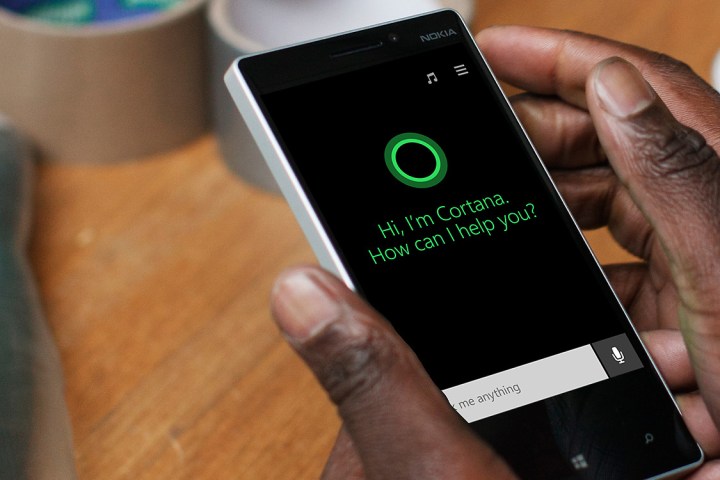
The study asked about the survey participants’ voice assistance use, enjoyment, why they did or didn’t use voice assistance, and what improvements they would like. Participants were also queried about where and how they would like more voice interaction and what they would like to use it for. Survey respondents included mobile users between the ages of 16-64 in the United States, the United Kingdom, France, Spain, Italy, Germany, Japan, and China.
While only a little more than 20 percent of the respondents reported using their devices’ voice assistants daily, 68 percent reported that they like doing so. Among those who did not use voice assist the most common response was, “I do not see a reason,” which Creative Strategies says indicates “a desire for better and more robust applications.” Seventy percent of those who do use voice assist wanted better query comprehension.
Users universally wanted more functionality and improved conversational accuracy, which Artificial Solutions equates to a desire for higher levels of NLI. According to Artificial Solutions CMO Andy Pearl, “The results of this survey are not surprising to us at Artificial Solutions, as we have been building for the future of voice-assisted technologies that work in 35 languages for over ten years, and our customers have consistently told us they want AI solutions that feel like natural human conversation.”
When asked about applications for voice interaction, the responses were, in order of priority, use in cars, in homes, with digital and communications services, in travel, and in banking.
Desired voice control features in cars included navigation, temperature control, and infotainment systems. At home, the users said they’d like to be able to use conversational speech to control television and other entertainment media, to ask questions, for information, and to access and control smart home automation systems and devices.
According to Tim Bajarin, principal analyst with Creative Strategies, “The results of this survey prove that natural language technology and artificial intelligence is here to stay. Forward-thinking companies should be jumping on AI technology today or risk being left behind by companies providing a better conversational experience for the digital consumer.”




